It expands in just 15 minutes.
Get the latest international news and world events from around the world.
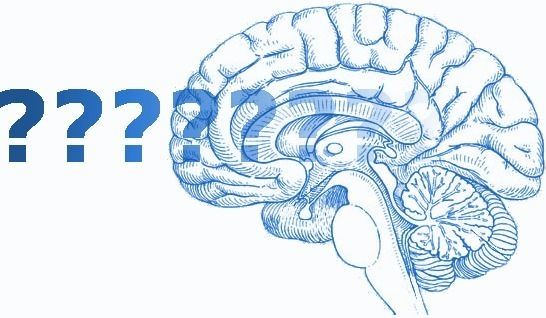
How Emergent is the Brain?
A new paper offers a broad challenge to a certain kind of ‘grand theory’ about the brain. According to the authors, Federico E. Turkheimer and colleagues, it is problematic to build models of brain function that rely on ‘strong emergence’.
Two popular theories, the Free Energy Principle aka Bayesian Brain and the Integrated Information Theory model, are singled out as examples of strong emergence-based work.

‘AI Farms’ Are at the Forefront of China’s Global Ambitions
AI farms are well suited to impoverished regions like Guizhou, where land and labor are cheap and the climate temperate enough to enable the running of large machines without expensive cooling systems. It takes only two days to train workers like Yin in basic AI tagging, or a week for the more complicated task of labeling 3D pictures.
A battle for AI supremacy is being fought one algorithm at a time.
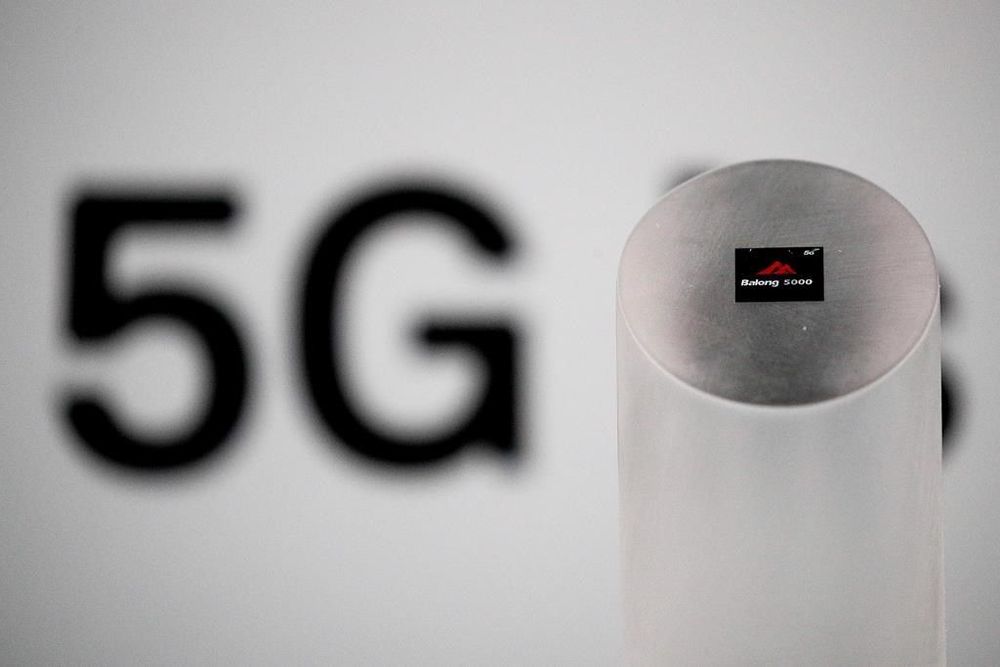
Israeli cyberexpert detects China hack in Ottawa, warns against using Huawei 5G
OTTAWA — A Chinese telecommunication company secretly diverted Canadian internet traffic to China, particularly from Rogers subscribers in the Ottawa area, says an Israeli cybersecurity specialist.
The 2016 incident involved the surreptitious rerouting of the internet data of Rogers customers in and around Canada’s capital by China Telecom, a state-owned internet service provider that has two legally operating “points of presence” on Canadian soil, said Yuval Shavitt, an electrical-engineering expert at Tel Aviv University.
Shavitt told The Canadian Press that the China Telecom example should serve as a caution to the Canadian government not to do business with another Chinese telecommunications giant: Huawei Technologies, which is vying to build Canada’s next-generation 5G wireless communications networks.
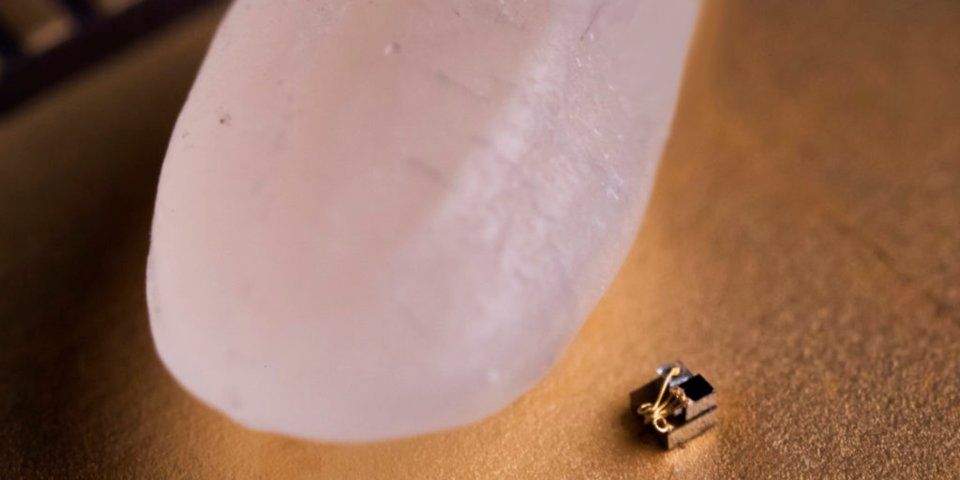
The world’s smallest computer is so tiny that it makes a grain of rice look gigantic
The University of Michigan has come up with a temperature sensing “computer” measuring just 0.3mm — so small it beats the one developed by IBM.
It is about a tenth the size of IBM’s former record-setter, and so sensitive that its transmission LED could instigate currents in its circuits.
The term “computer” is used loosely by the university, as it continues to question what exactly a computer is. It does have a processor, but unlike a full-sized computer, it loses all data when it loses power.
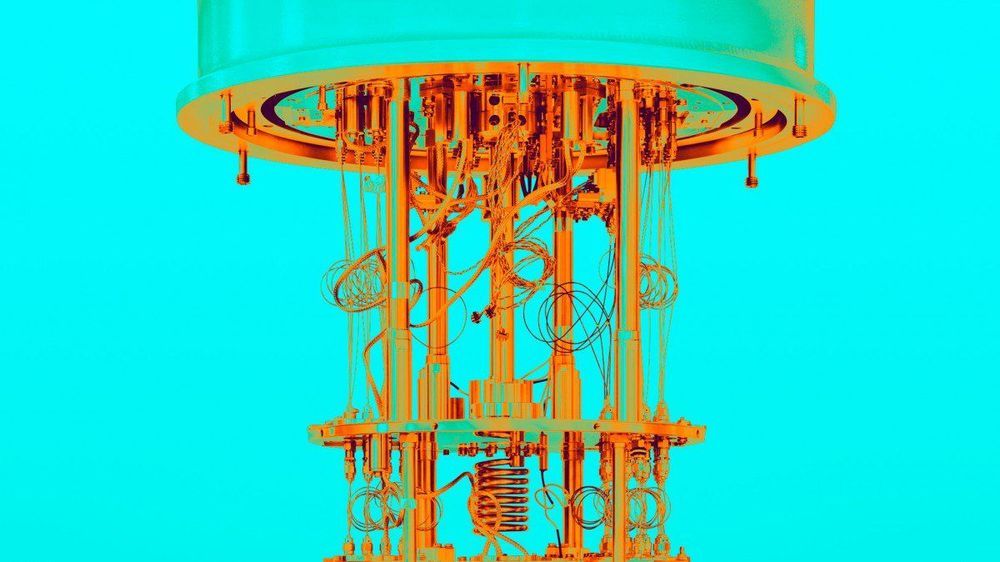
Co4Robots — Milestone 2 Demonstrator
Now, this is awesome. A stationary robot, two mobile robots, and a human cooperating to perform a task. The humanoid robot also interprets human gestures and obeys those commands.
More information: http://www.co4robots.eu/
The Co4Robots MS2 scenario consists on collaborative grasping and manipulation of an object by two agents, the TIAGo mobile manipulator and a static manipulator; and a collaborating mobile platform and stationary manipulator to facilitate loading and unloading tasks onto the mobile platform.
Find out more on the Co4Robots project at: http://www.co4robots.eu
Co4Robots project has received funding from the European Union’s Horizon 2020 research and innovation programme under grant agreement No 731869.
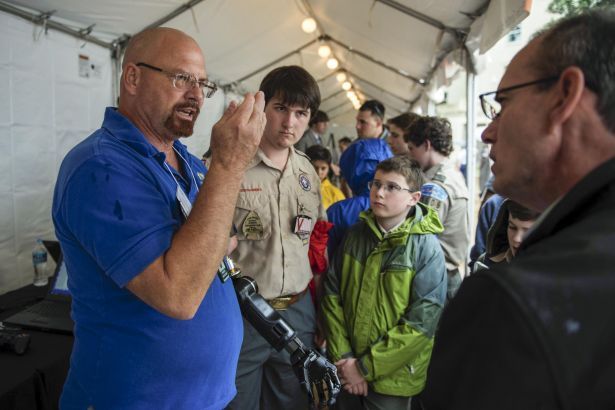
Bringing artificial limbs to patients who need them
Johnny Matheny demonstrates how a modular prosthetic limb works during DARPA Demo Day 2016 at the Pentagon, May 11, 2016. Matheny is a test subject with the Johns Hopkins Applied Physics Lab8.
Unshackling Robots: Self-Aware Machines
Another step forward in robotics self-awareness. This robot learns it’s own kinematics without human intervention and then learns to plot solution paths.
Columbia Engineering researchers have made a major advance in robotics by creating a robot that learns what it is, from scratch, with zero prior knowledge of physics, geometry, or motor dynamics. Once their robot creates a self-simulation, it can then use that self-model to adapt to different situations, to handle new tasks as well as detect and repair damage in its own body.